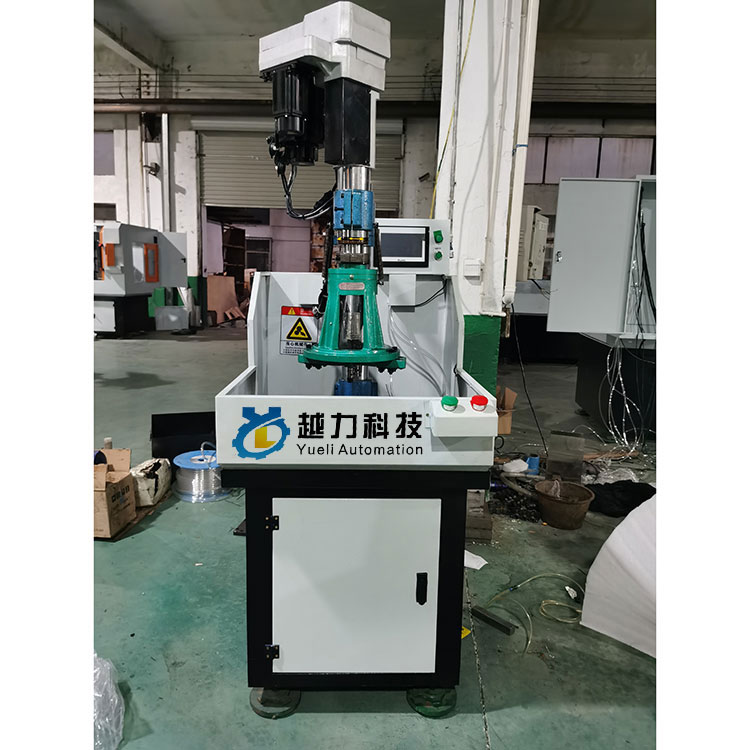Understanding the Inner Workings of Hydraulic Systems in Drilling Machines
2024-03-05
In the realm of industrial machinery, hydraulic systems play a pivotal role in powering various operations, including drilling. From manufacturing to construction, hydraulic drilling machines have become indispensable tools, offering precision, power, and efficiency. But how exactly do these hydraulic systems work within drilling machines? In this blog, we'll delve into the intricate workings of hydraulic systems, unraveling their mechanisms and significance in the drilling process.
Introduction to Hydraulic Systems
Hydraulic systems utilize the force exerted by confined fluid to transmit power and perform mechanical tasks. In the context of drilling machines, hydraulic systems serve as the driving force behind the drilling operation, providing the power necessary to bore through tough materials with precision and ease.
Key Components of Hydraulic Systems in Drilling Machines
1. Hydraulic Pump: At the heart of the hydraulic system lies the hydraulic pump, responsible for converting mechanical energy into hydraulic energy. Typically powered by an electric motor or an internal combustion engine, the pump pressurizes hydraulic fluid (usually oil) and delivers it to the rest of the hydraulic system.
2. Hydraulic Fluid: Hydraulic fluid serves as the medium through which power is transmitted within the hydraulic system. It must possess certain properties, such as high viscosity, thermal stability, and lubricity, to ensure smooth and efficient operation. Common hydraulic fluids include mineral oil, synthetic oils, and water-based fluids.
3. Hydraulic Cylinder: The hydraulic cylinder acts as the primary actuator in the hydraulic system. When pressurized hydraulic fluid is supplied to one side of the cylinder, it creates linear motion, which is harnessed to drive the drilling operation. In drilling machines, the cylinder is typically connected to the drill head or spindle, translating hydraulic force into rotational motion to turn the drill bit.
4. Control Valves: Control valves regulate the flow of hydraulic fluid within the system, allowing operators to control the speed, direction, and force of hydraulic actuators. These valves may include directional control valves, flow control valves, pressure control valves, and proportional valves, depending on the specific requirements of the drilling application.
5. Reservoir: The hydraulic reservoir serves as a storage tank for hydraulic fluid, ensuring a constant supply of fluid to the hydraulic system. It also helps dissipate heat and remove contaminants from the fluid, maintaining optimal performance and longevity of hydraulic components.
How Hydraulic Systems Work in Drilling Machines
Now that we've covered the key components, let's explore how hydraulic systems function within drilling machines:
1. Power Generation: The hydraulic pump draws hydraulic fluid from the reservoir and pressurizes it, generating hydraulic power.
2. Force Transmission: Pressurized hydraulic fluid is then directed to the hydraulic cylinder, causing it to extend or retract depending on the direction of fluid flow. This linear motion is harnessed to drive the drilling operation, either by raising and lowering the drill head or by rotating the drill bit.
3. Control and Regulation: Control valves enable operators to regulate the flow of hydraulic fluid, controlling the speed and force of drilling operations. This allows for precise control over drilling parameters such as drilling speed, feed rate, and drilling depth.
4. Efficiency and Reliability: Hydraulic systems offer several advantages in drilling machines, including high power-to-weight ratio, precise control, and smooth operation. They are also less susceptible to overheating and are capable of delivering consistent performance even under heavy loads.
Conclusion
In conclusion, hydraulic systems form the backbone of drilling machines, providing the power and precision required to bore through tough materials with ease. By harnessing the force of pressurized hydraulic fluid, these systems enable industries to achieve unparalleled levels of efficiency, reliability, and productivity in their drilling operations. From manufacturing to construction, hydraulic drilling machines continue to play a vital role in shaping our world with precision and power.



